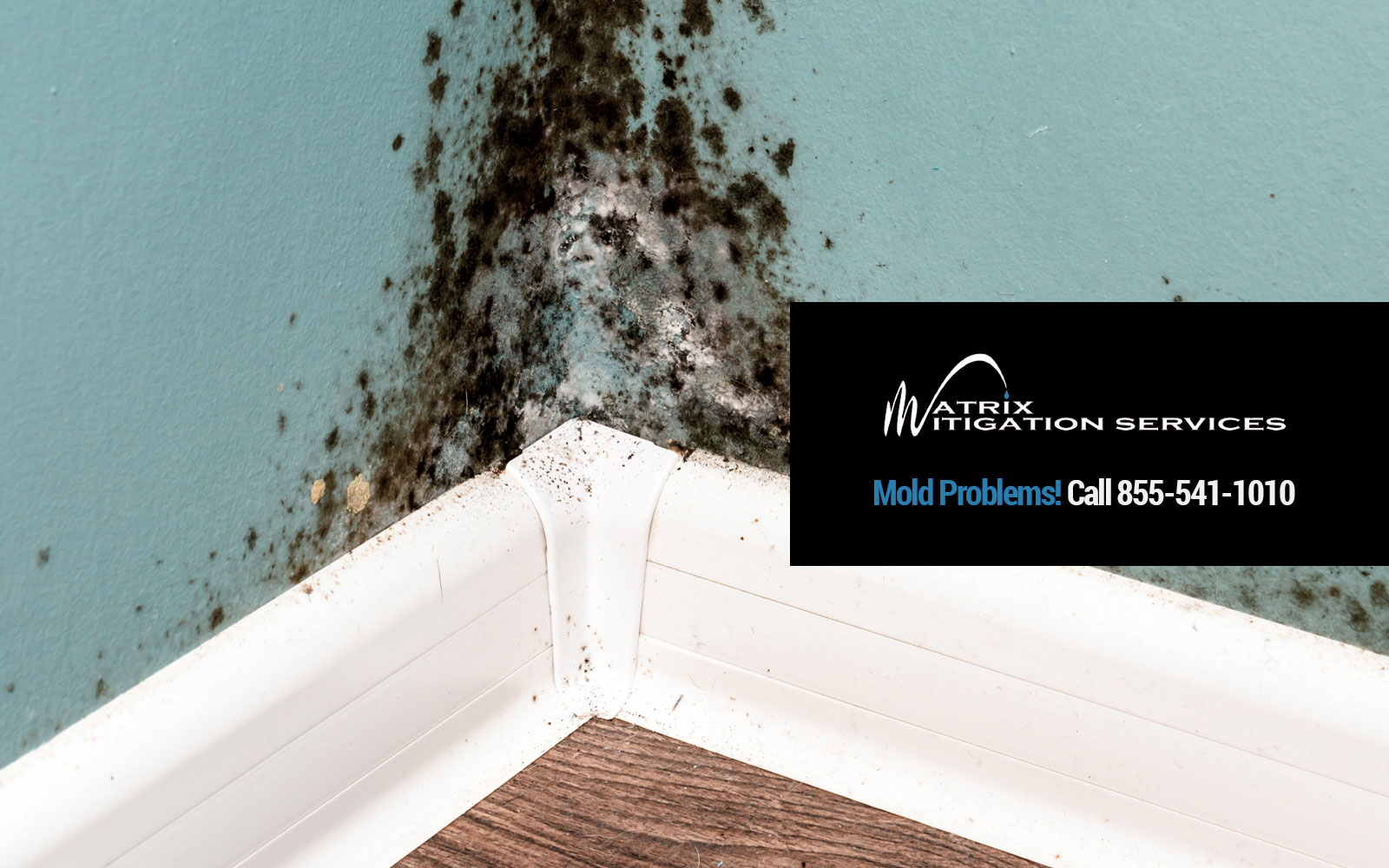
Mold is a natural part of the environment, but when it finds its way into our homes, it can become a significant problem that poses health risks and damages the structure of our property. Understanding the fundamentals of mold restoration is essential for maintaining a safe and healthy living environment. This educational article will guide you through the crucial steps and considerations in addressing and preventing mold damage, drawing from professional practices in the field.
The Genesis of Mold in Homes
Mold typically arises in homes due to excess moisture. This moisture can stem from various sources, including water damage from storms, appliance overflows (like washing machines), septic tank backups, plumbing issues, and natural disasters. When water accumulates in areas where it shouldn’t, it creates an ideal breeding ground for mold.
Recognizing and Addressing Water Damage
Quick and immediate action is vital when dealing with water damage to prevent mold growth. Upon discovering water damage, it’s crucial to start the repair and restoration process promptly. This involves thoroughly drying the affected areas, inspecting for and addressing any structural damage, and ensuring the home is safe and secure.
Steps for Effective Mold Restoration
Initial Assessment: Upon re-entering a water-damaged property, take precautions such as turning off gas and electricity and wearing protective gear to avoid contact with contaminated water and mold spores.
Identifying Mold: Inspect damp and water-logged areas for mold growth. Mold can pose serious health risks, making its immediate removal imperative.
Documenting Damage: Before cleanup, document the damage thoroughly through photographs. This documentation is crucial for insurance claims.
Drying and Cleaning: Drying the affected area is a critical step in mold restoration. The method depends on the severity of the water damage, ranging from manual brushing to the use of electric pumps.
Structural Inspection: Check the structural integrity of the property, including the foundation, walls, and other areas prone to water damage, for any signs of stress or cracks.
Ventilation: Proper ventilation and the use of professional drying equipment can accelerate the drying process, preventing further mold growth.
Dealing with mold effectively often requires the expertise of professionals, especially in severe cases. Professional services offer comprehensive solutions from assessment and cleanup to restoration, ensuring the mold is thoroughly addressed.
Why Professional Mold Restoration Services?
Professional mold restoration services bring several advantages:
Quick Response: Timely intervention is crucial in mitigating mold damage and reducing restoration costs.
Expertise: Professionals are trained and experienced in dealing with various mold situations, ensuring effective and safe mold removal.
Insurance Assistance: Professional services can assist in navigating the insurance claims process, making it smoother and more manageable.
Preventing Mold Growth
Preventing mold starts with controlling moisture levels in the home. Regular inspections, maintaining good ventilation, and promptly addressing any water damage can significantly reduce the risk of mold growth.
Mold restoration is a critical process that requires immediate attention and specific steps to ensure a safe and healthy environment. By understanding the causes of mold and the necessary actions for restoration and prevention, homeowners can better protect their properties and health from the adverse effects of mold. In cases of severe mold damage, enlisting the help of professional mold restoration services is advisable to effectively address the issue.
Learn about Matrix mold damage mitigation.
